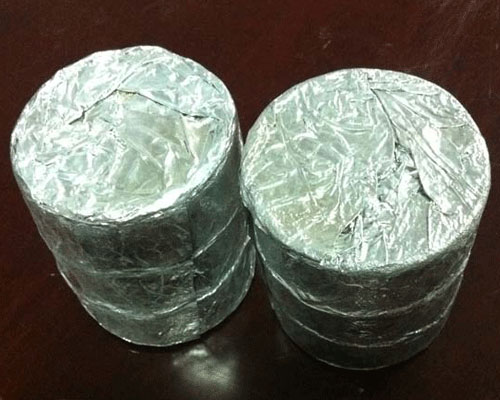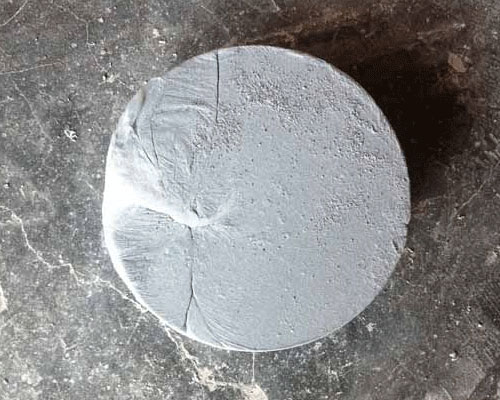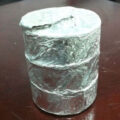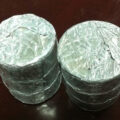In order to improve the various properties of aluminum, it is necessary to add various alloying elements to make alloys of different grades. At present, it is basically added in the form of alloy or pure metal. Some aluminum processing plants have replaced master alloys with metal additive. It can be seen from the use effect that additives not only have all the advantages of master alloys, but also overcome some of the disadvantages of master alloys. Therefore, additives are more and more widely used.
Metal additive application: alloy element addition in aluminum alloy smelting.
Advantages of Metal Additive
Additives: Aluminum and aluminum alloy additives are far superior to master alloys due to their excellent adding mechanism, convenient use method, stable element yield and economical production methods. It avoids that the melting temperature is too high, which causes the life of the melting furnace to be reduced, increases the burning loss of aluminum and alloy elements, and reduces the melting productivity, and worsens the working conditions. More serious is the uneven composition of the master alloy, which brings a series of difficulties to the control of the alloy element content in the future. For most civilian aluminum alloys, it is an ideal material to replace master alloys.

Aluminum Metal Additives Use
Aluminum and metal additives can be added directly to the melting furnace or the holding furnace, but they must be added before refining. In order to achieve the desired actual yield of alloying elements, other matching conditions are required. The details are as follows:
Due to the pure metal addition mechanism, the absorption rate of alloying elements always increases with the increase of temperature. Field experience has proved that aluminum and aluminum alloy additives are more sensitive to temperature, especially manganese. The temperature of the molten aluminum must be controlled at 740±10℃ when the additives are added, otherwise the metal absorption time will be prolonged.



